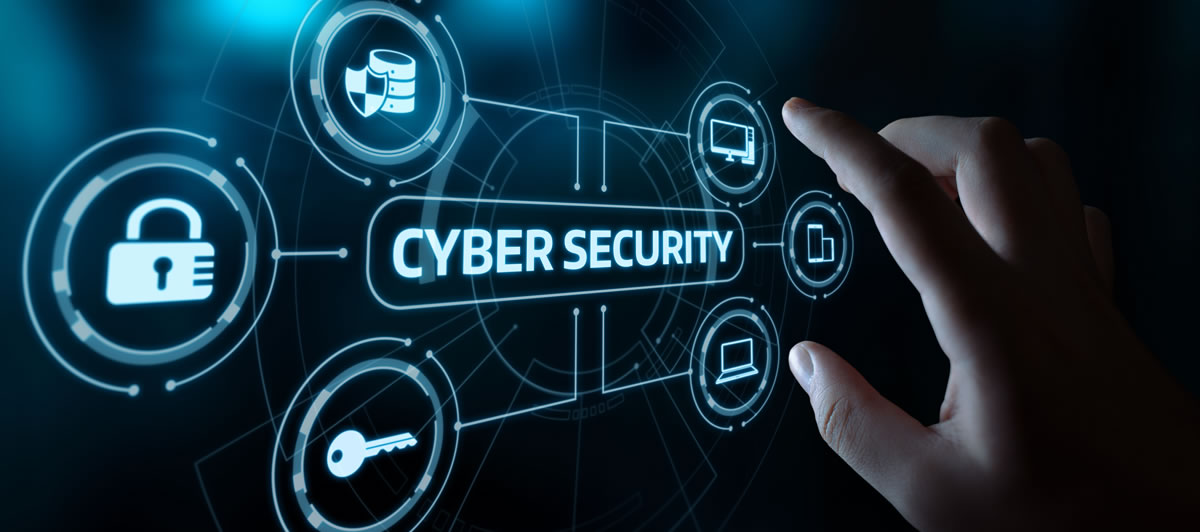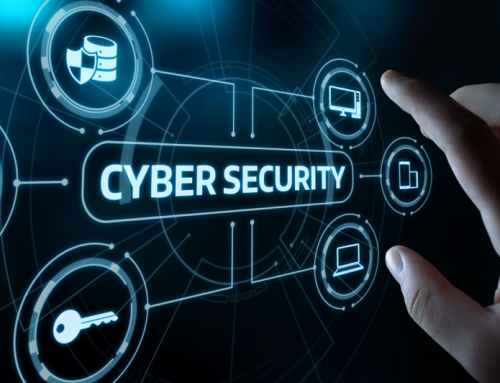If you’ve ever watched a courtroom drama, you know that evidence can make or break a case. In cybersecurity, it’s no different. When a security incident happens and you need to preserve digital evidence, how you handle that evidence matters just as much as the data itself. That’s where the concept of chain of custody comes in.
The chain of custody is basically the paper trail that proves digital evidence hasn’t been tampered with or mishandled. Without it, even the best forensic findings might be useless in court—or in an internal investigation.
What Is the Chain of Custody?
At its core, the chain of custody is a documented record showing who collected, handled, transferred, or stored a piece of evidence and when. Think of it like signing for a package, but with much higher stakes. Every handoff must be logged, every change documented, so that no one can argue the evidence was altered along the way.
For example, let’s say you image a suspect’s hard drive. The chain of custody would record details like:
-
Who performed the imaging.
-
When and where it was done.
-
What tools were used.
-
Where the image was stored afterward.
This meticulous documentation ensures the evidence remains credible.
Why It Matters in Cybersecurity
Digital evidence isn’t just used in criminal cases—it can also be critical in corporate investigations, regulatory compliance, or even HR disputes. If you mishandle evidence or fail to maintain chain of custody, the findings can be challenged and thrown out.
For analysts, maintaining a proper chain of custody isn’t optional—it’s part of professional responsibility. It shows you understand not just the technical side of investigations but also the legal and procedural side that makes your work trustworthy.
Best Practices for Maintaining Chain of Custody
-
Document Everything
From the moment evidence is collected, keep detailed records. Use standardized forms when possible. Write down who touched the evidence, what they did, and when. -
Label Clearly
Every piece of evidence should be clearly labeled with unique identifiers. This prevents mix-ups and ensures you know exactly what’s being tracked. -
Use Proper Storage
Whether it’s a physical hard drive or a digital image file, store evidence in a secure, access-controlled environment. Logs should show who accessed it and why. -
Limit Access
The fewer people who handle evidence, the better. Only authorized personnel should be able to interact with it. -
Verify Integrity
Use hash values (like MD5 or SHA-256) to prove the evidence hasn’t been altered. Check hashes at every transfer. -
Train the Team
Chain of custody isn’t just a solo effort. Make sure everyone on your incident response or forensics team knows the procedures and follows them consistently.
Why This Matters for CompTIA Certifications
The concept of chain of custody comes up frequently in CompTIA certifications because it’s so central to real-world security work.
-
Security+: Introduces the basics of evidence handling and why chain of custody matters.
-
CySA+: Emphasizes evidence integrity during incident response investigations.
-
CASP+: Covers advanced organizational practices, where evidence handling has enterprise-wide and legal implications.
If you’re studying, don’t just memorize the definition. Think about how you’d apply it in practice: if you collected a server log as evidence, how would you prove it stayed intact from collection to analysis?
Final Thoughts
The chain of custody might sound like dry paperwork, but it’s the backbone of credible forensic investigations. Without it, even the most technically solid evidence can be challenged and dismissed.
For cybersecurity analysts—and especially for anyone preparing for CompTIA certifications—understanding chain of custody means you’re not just technically skilled, but also prepared to handle incidents in a way that stands up to scrutiny.




